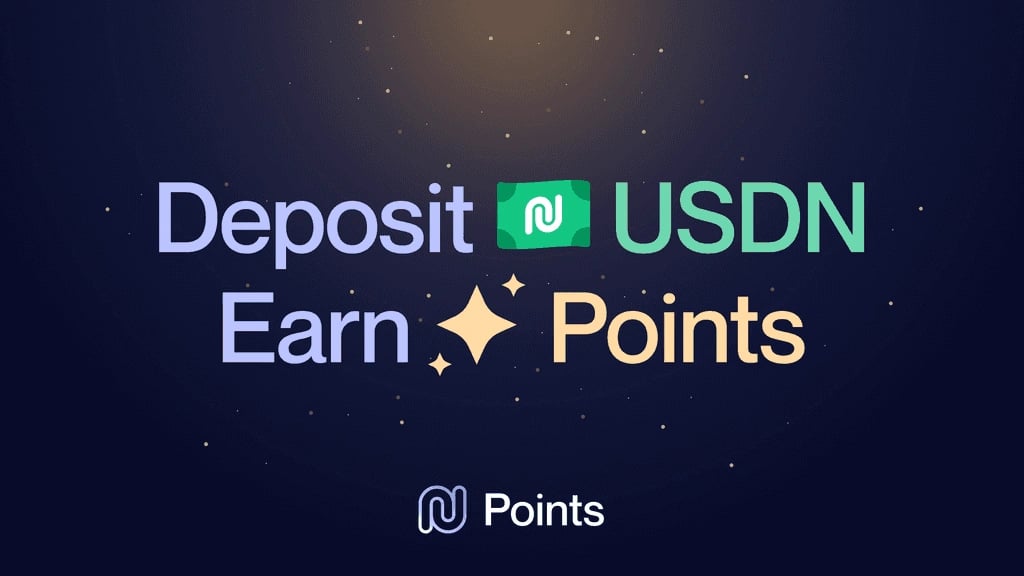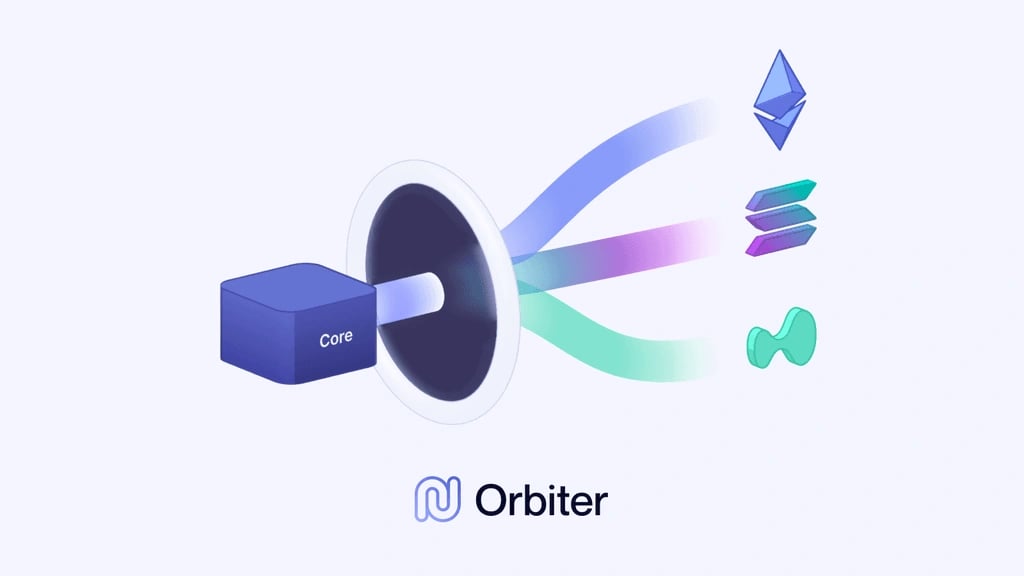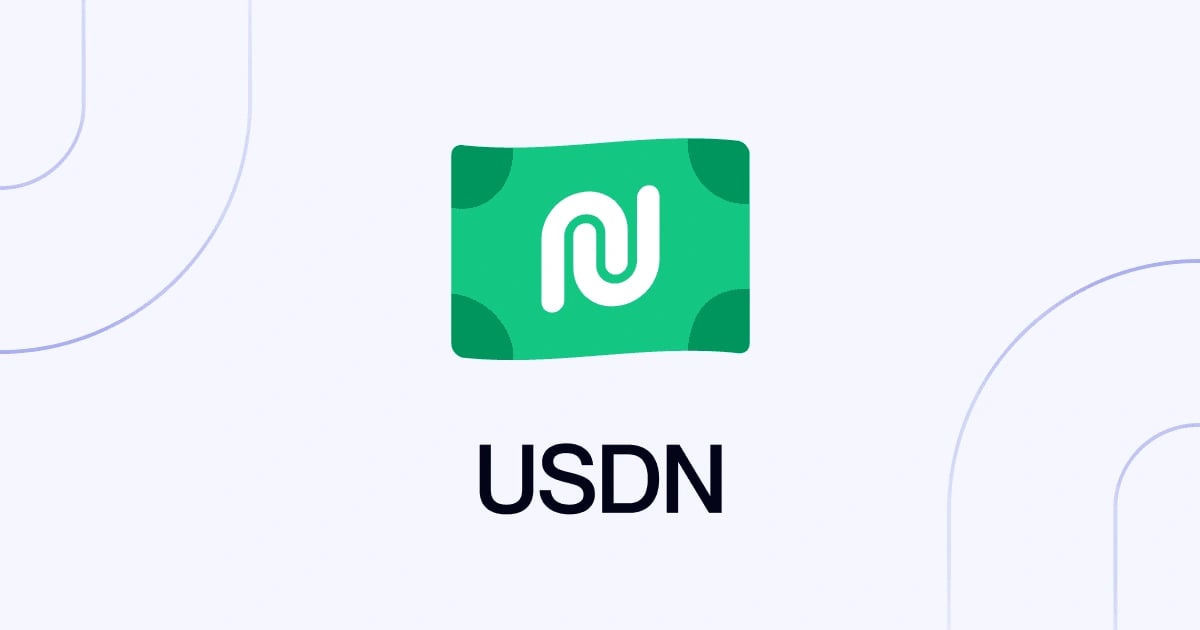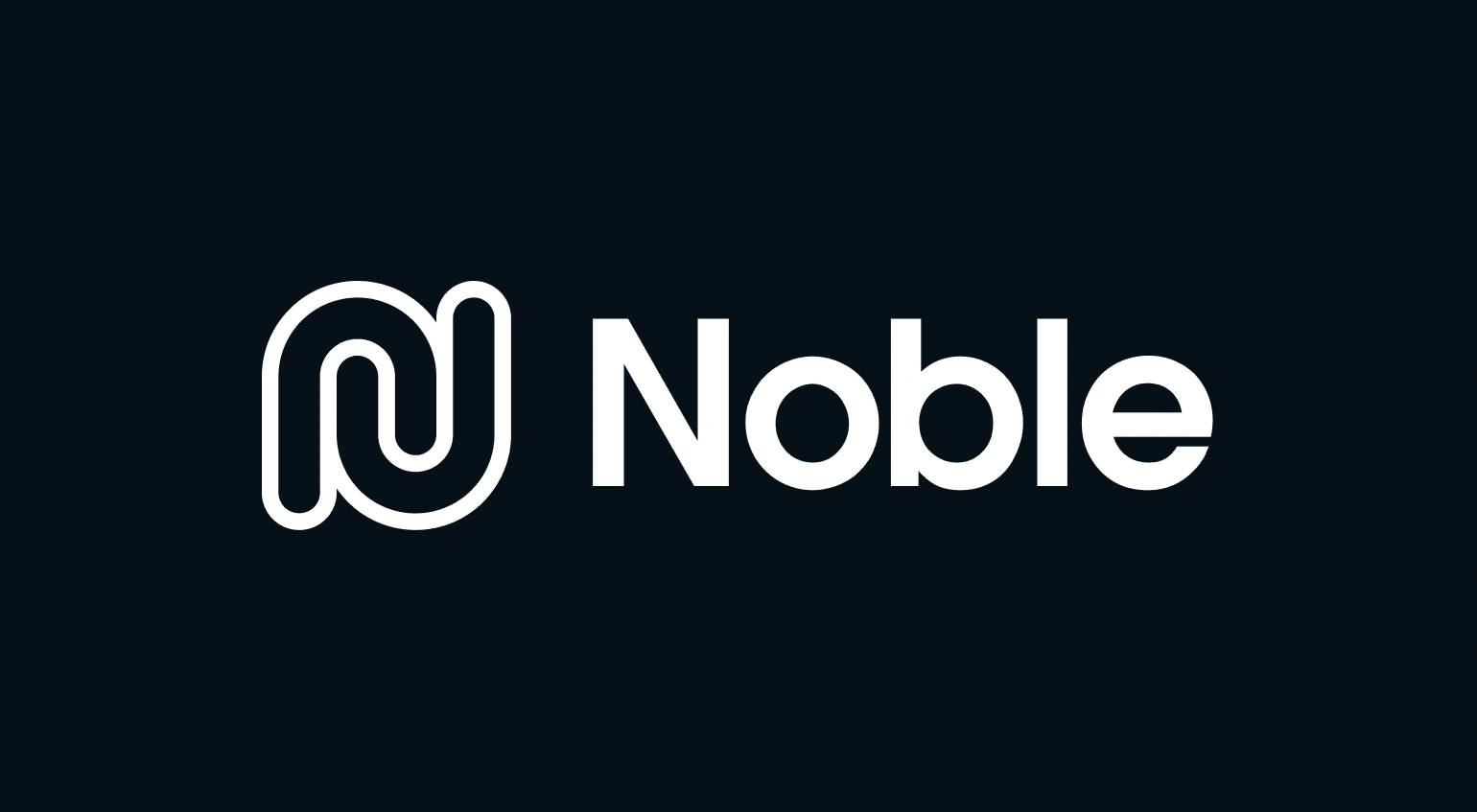订阅 wiki
Share wiki
Bookmark
Noble
Noble
Noble 是一个基于 Cosmos 的特定应用 区块链 (应用链),旨在实现原生资产发行和跨区块链通信 (IBC) 生态系统的互操作性。它作为一个中立的基础设施平台,使 稳定币 发行者和其他资产创建者能够直接在连接的 区块链 上 铸造 和分发他们的代币给应用程序和用户,旨在减少对第三方桥梁的依赖并解决流动性碎片化问题。[8]
概述
Noble 是一个基于 Cosmos 的应用链,旨在实现跨区块链通信 (IBC) 网络的原生资产发行。它支持标准化的代币管理功能,包括 铸造、销毁 以及发行者控制的对特定地址的限制。该项目与 StrangeLove Labs 等合作伙伴共同开发,其代码库经过 Oak Security 的审计,以解决发布前的可靠性问题。
Noble 的 主网 于 2023 年 3 月启动,使用权威证明 共识机制,其中包含 Cosmos Hub 验证者 的可信子集。安全性基于强制执行的 验证者 问责制和 Noble 上发行的资产产生的链上费用。作为启动活动的一部分,Noble 通过 Cosmos 去中心化交易所 分发了有限数量的 FRNZ 代币,并向多个链上的 axlUSDC 持有者空投了微型 frienzies。这些代币不授予治理或质押权,并且可以临时兑换与活动相关的物品,例如 NFT 和数字配件。[1]
产品
Noble 积分

Noble 积分是一个与 USDN 相关的奖励系统,USDN 是一种由短期美国国债支持并通过 Noble 发行的生息 稳定币。该计划允许用户将 USDN 存入两个金库:一个积分金库,他们放弃正常收益以换取根据存款规模和持续时间累积的积分;以及一个提升收益金库,他们可以获得额外收益而不累积积分。额外的激励措施基于 USDN 的 总锁定价值,并且活动条款随着时间的推移而更新,包括延长的时间线和增加的乘数。该计划中获得的积分计划转换为代币分配,随后的季度将为早期参与者保留固定分配,同时增加与 USDN 在新应用程序和链上的集成相关的托管金库策略。[10] [11]
Noble Express
Noble Express 是一项服务,它使用 Circle 的 CCTP 基础设施和 IBC 协议的组合,在 区块链 网络之间移动原生发行的 USDC。它对 以太坊 对齐的链使用 销毁 和 铸造 机制,对 Cosmos 应用链使用非托管 IBC 传输,并使用简化多跳交易的路由工具,允许用户选择其源链和目标链,并在一个操作中完成传输。该服务显示任何网络级别的交易费用,但不添加自己的费用,并且目前仅专注于 USDC 支持。它将主要的 CCTP 支持网络(如 以太坊、Arbitrum 和 Base)与 40 多个 Cosmos 链连接起来,并计划随着 Cosmos 和模块化生态系统的发展而扩展。[9]
Orbiter

Noble 的 Orbiter 是一个中间件系统,旨在通过自动化复杂的桥接过程来简化跨链交易。Orbiter 允许用户或开发人员指定预期结果(例如转移、交换或链下资产),并自动通过 IBC、CCTP 和 Hyperlane 等协议处理路由、执行和转发,而无需手动协调不同的桥接协议。它将多步骤工作流程(包括跨链交换或法币转换)转换为单笔交易,从而减少用户和应用程序的摩擦。
Orbiter 在 Noble 区块链上运行,处理带有嵌入指令的传入传输,执行预操作(如费用支付或交换),并使用最佳桥接路径将代币转发到其目的地。它由四个核心组件组成——Adapter、Executor、Forwarder 和 Dispatcher——它们共同解析、执行和路由交易。Orbiter 在 Noble 的 v11 Flux 版本中引入,目前支持 IBC 入站和 CCTP 出站传输,并计划在未来版本中扩展到完整的 Hyperlane 集成、交换功能和其他路由功能。[12]
Noble Dollar (USDN)

USDN 是由 Noble 发行的 稳定币,并通过 以太坊 上的 M0 协议由短期美国国债支持。它的设计使持有者可以声明底层 抵押品 产生的收益,使用一种重新调整机制,其中奖励随着时间的推移而累积,并且必须手动声明。USDN 是通过锁定 以太坊 上的 M0 抵押代币 ($M) 并通过跨链桥在 Noble 上 铸造 USDN 来创建的。
该 稳定币 允许开发人员或集成商决定如何在他们自己的应用程序或网络中使用奖励。这种可编程性支持不同的收益分配方法,例如将其导向用户、基础设施提供商、验证系统或其他利益相关者。抵押品通过受监管的合作伙伴进行管理,这些合作伙伴在流动性 现实世界资产(如国债)中维持储备。
与发布同时,Noble 推出了可选的金库计划。一个金库提供了一个基于积分的激励系统,用户放弃正常收益以累积积分,而另一个金库提供反映未使用奖励的提升收益。奖励和参与条款可能会根据计划条件随时间变化。[4] [5] [7]
Noble USDC
Noble USDC 指的是在 Noble 上原生发行 USDC 稳定币,以便在跨区块链通信 (IBC) 生态系统中使用。此集成旨在为 Cosmos 网络提供完全抵押、法币 支持的 稳定币,该稳定币不依赖于第三方桥梁,从而解决了由在不同链上流通的多个非同质化 USDC 版本引起的碎片化问题。Noble 直接发行 USDC,并使用路由基础设施来确保 IBC 连接的 区块链 之间的传输保持同质化并减少用户端摩擦。该倡议是在早期生态系统不稳定之后,认识到 Cosmos 中需要一个值得信赖的 稳定币 后提出的,它将 Noble 定位为 IBC 支持环境中的资产发行和转移中心。[3]
治理
Noble 的治理通过 Noble 维护 多重签名 (NMM) 控制的 Authority 模块进行管理,NMM 是一个负责关键运营功能的多重签名组。NMM 可以启动链升级,调整协议参数而无需二进制更新,并管理区块链通信 (IBC) 连接,包括根据需要重新建立或断开链接。NMM 作为 5-of-7 多重签名 运行,包括 Noble 组织和核心 验证者 合作伙伴,地理位置分布在瑞士、韩国和美国。成员可以随着时间的推移进行轮换,并且 验证者 在链升级期间保留酌情权,从而确保运营控制和网络弹性。[6]
融资
2024 年 11 月 19 日,Noble 宣布已完成由 Paradigm 领投的 1500 万美元 A 轮融资,Polychain、Foresight Ventures、Wintermute Ventures、Informal Systems 和其他贡献者也参与了投资。该公司大约在一年前成立,并将自己定位为一个支持应用链上 稳定币 的资产发行平台,在其第一年促进了超过 50 亿美元的交易量和超过 4.5 亿美元的资产发行。[2]
合作伙伴
发现错误了吗?
